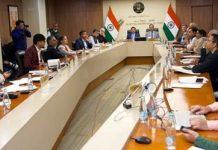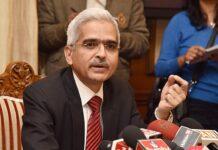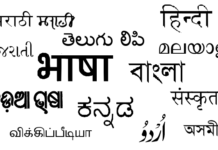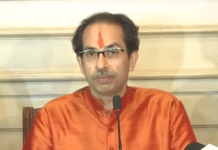Small businesses in every country are suffering badly by the impact of the corona virus but in India, the Micro, Small & Medium Enterprises (MSME) sector is battling a double front battle. The low demand and high-interest rates.
COVID-19 has changed the world forever. We need to be absolutely clear about it. Not just the way we live but the way we do business, everything is going to be changed. The global economy has come to a standstill by this pandemic and the small businesses are the worst victim of this crisis.
Small businesses in every country are suffering badly by the impact of this virus but in India, the Micro, Small & Medium Enterprises (MSME) sector is battling a double front battle. The low demand and high-interest rates. The interest rate varies from business to business. Banks charge anything from 10.5% to 16% per annum. The base rate of the Reserve Bank of India (RBI) is 9.5%. The biggest public sector bank of India, the State Bank of India (SBI) charges 10.5% -14% on Mudra Loans, which are meant for micro and cottage industries.
The central minister of MSME, Mr Nitin Gadkari today told India Review that interest rates in India are very high and they are looking for options to allow NBFCs to borrow capital from foreign countries where interest rates are low. He said this in a webinar organised by the New Delhi chapter of the Foreign Correspondents Club (FCC) of South Asia. He was also confident about the recent relief package announced by the ministry of finance. He insisted that the credit package of 3 Lakh Crore will help the MSMEs to maintain the cash flow.
But the MSME sector business owners beg to differ from the Minister of MSME. On the condition of anonymity, member of a prominent industry association told India Review that no sane business owner will take new loans when they do not have any demand. After all, no one can afford to pay a salary to their staff by the loan money.

Puran Dawar, President of Agara Footwear Manufacturers Exporters Chambers (AFMEC) says, “FM did put a major focus on the MSME sector in her relief package, liquidity of 3 lakh crores and equity fund of 50000 CR for SME sector will surely boost the MSME sector but high cost of borrowing is still a big challenge for small businesses in India.
Finance Minister Nirmala Sitharaman on recently announced a series of measures the micro, small, and medium enterprises (MSMEs). The package includes collateral-free loans up to Rs 3 lakh crore backed by a government guarantee, repayment of MSME dues within the next 45 days. The most significant announcement was the change in the definition of MSMEs.

For the emergency credit line to MSMEs from banks and NBFCs up to 20% of entire outstanding credit as on 29.2.2020, and borrowers with up to Rs. 25 crores outstanding and Rs. 100 crore turnovers will be eligible. The loans will have a four-year tenure with a moratorium of 12 months on the principal repayment.
But the interesting point is that the MSME sector already comes under the priority sector lending. Which means that the under any condition the banks have to give 40% of their total credit to the priority sector of which about 10% goes to the MSME sector.
Till December 6, 2019, the total lending by the Indian banks was approx. Rs 98.1 lakh crore so the 10% of this amount is approx. Rs 9.8 lakh crore. So, this amount was already there for the MSME sector. Any creditworthy business unit can easily access this credit, especially when the banks are in dire need of new lending in India.
One of the top rating agencies of India, ICRA recently came up with a report , which suggests that bank credit will have the lowest growth in 58 years. According to ICRA, the year-on-year (y-o-y) growth in bank credit is expected to decelerate sharply to 6.5-7.0% during FY’2020 from 13.3% during FY2019 on account of limited incremental credit growth during the financial year so far.
Hence this relief package is not something which excites the MSME sector business owners. They need real incentives to survive. Such as immediate interest waivers and reduction in bank interest charges.
***

Author: Piyush Srivastava is a senior business journalist from India and writes on Industry and Economy.
The views and opinions expressed on this website are solely those of the author(s) and other contributor(s), if any.
***























Perfact analytic news of India Review ..
the need of the day for SME’s Low interest rates to Scale , futuristic infra long term planing..Wages n salaries support for lock down period from ECIC .. which is our money and meant for if not such stage than when ?? also we have suggested this reserve fund may be replenished by increasing 1% contribution.
Very interesting observations.
These things must be brought to the notice of the people at the helm of affairs.
Great read Mr. Srivastava! Keep it up!ðŸ‘